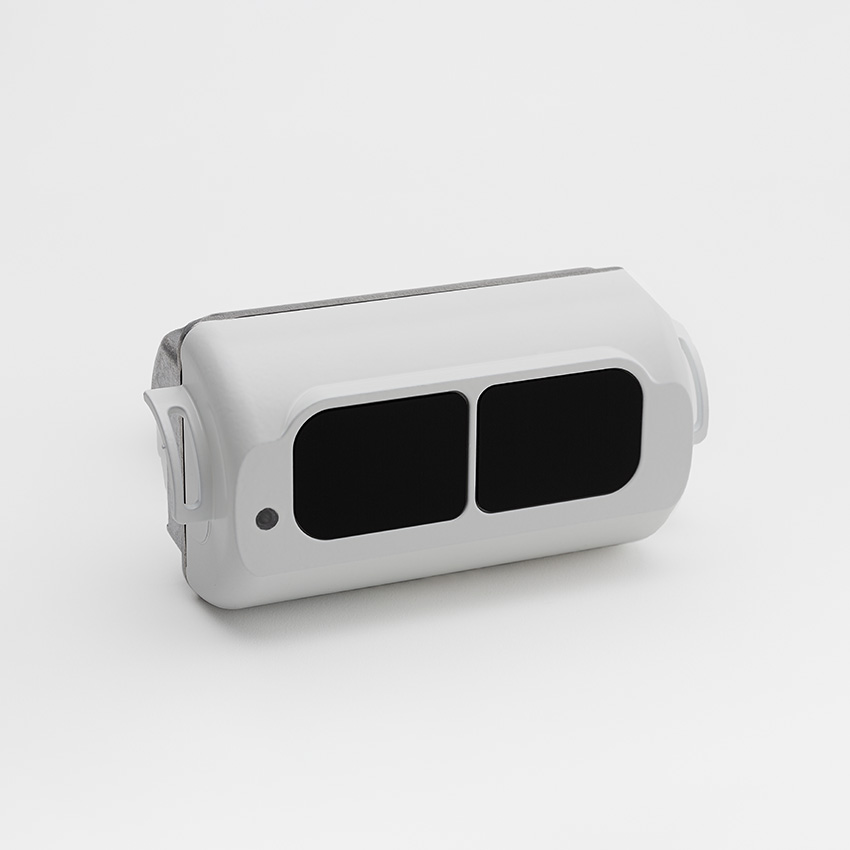DILAX has been working with local data since 1988. The company develops and implements innovative hardware to collect data in urban environments. Public transport companies and associations, as well as vehicle manufacturers all over the world, use their systems for automatic passenger counting (APC). Their ISO 9001, IRIS and CMMI certifications are always up to date. International companies, project developers, city planners, architects, BIDs and municipalities rely on their products and expertise – over 350 customers in 30 countries put their trust in DILAX.
DILAX’s industry-specific analytical software solutions help public and private partners to gather relevant information from their data in order to develop their mobility solutions and make it more attractive for people. It enables them to make informed decisions on how to ideally plan mobility concepts and to provide passengers with real time information for a safe and comfortable experience.
Around 160 employees work at DILAX in Berlin headquarters and the locations in Switzerland, France, Spain, Great Britain, the US and Canada.
Interview with Anna Wonde, Senior Marketing Manager at DILAX.
Easy Engineering: What are the main areas of activity of the company?
Anna Wonde: At DILAX, we are experts in understanding people flow. We are a manufacturer of sensor technology that is used in public transport vehicles to count passengers boarding and alighting. In addition to the hardware, DILAX also has several teams working on developing and implementing the analytical software DILAX Citisense.
In addition to counting people, the newest DILAX sensors are also able to recognize and count objects such as wheelchairs and bicycles. An integrated AI chip allows the sensor to learn new object classes in time.
The raw data generated from automatic passenger counting is processed in our business intelligence tool for public mobility – DILAX Citisense. It can be customized to a company’s own KPIs and is equipped to show real time information on passenger load, punctuality, fleet planning, statistics, prediction etc. This way DILAX Citisense turns data into valuable insights.

E.E: What’s the news for 2021 about new products?
A.W: April 2021 saw DILAX launch a new innovative sensor for the public mobility sector. The DILAX SLS-1000 is a 3D optical sensor. The technology detects people boarding or alighting a vehicle and can distinguish between adults and children. The DILAX SLS-1000 also distinguishes and counts different objects such as bicycles and wheelchairs. Additional object classes can be trained with AI based algorithm, trained by neuronal networks.
The new sensor uses structured light to see exactly what really matters: the different needs of all passengers in public transport. A laser projector module creates a dot pattern. Movement towards or away from the sensor is picked up producing an intermediate image. Pattern distortions create a depth image, the output is a 3-D profile.
This sensor has a very high counting accuracy of 99%, counts adults, children, and objects reliably and does not require any assistance from the driver.
E.E: What are the ranges of products?
A.W: DILAX offers both hardware and software for automatic passenger counting. The innovative sensors use different technologies such as time of flight or structured light to accurately count people and objects.
The sensors are installed at the doors of a vehicle. When a door is open, counting sensor counts objects and persons. When the door is closed, no counting events are generated.
The information is then processed by an on-board counting unit that sends it to the landside. To enable unique assignment, additional information such as stop name and line as well as date, time, and GPS coordinates are recorded with the respective data record. The data are then processed in DILAX Citisense which visualizes the customers’ own KPIs.
E.E: At what stage is the market where you are currently active?
A.W: The APC market is very closely tied to the public mobility sector. During the global pandemic, public mobility has suffered severe losses in revenue as well as in passenger trust. People have been trying to avoid crowds and with that the use of public transport.
Now that restrictions have eased up in a lot of areas, using public transport safely and confidently again instead of sitting in tedious traffic jams during rush hour certainly lifted a weight off of many a commuter’s shoulder.
With an increase in ridership, the demand for real time information on passenger load has risen on both the operator as well as the passenger side. Providing this information is one of the key benefits of APC systems and even though the technology has been around for decades already, the market is still growing.

The past years have also seen some startups and small businesses entering the public mobility sector and offering solutions for passenger counting, often based on WiFi data. These solutions, however, mostly fail to achieve the same counting accuracy as sensor-based counting technology does and can only count passengers that are carrying a mobile device, excluding young children, elderly people and other groups from the counting process.
E.E: What can you tell us about market trends?
A.W: The change of pace during the pandemic has guided the awareness of operators away from daily routines and towards understanding their customers’ needs.
Now more than ever passengers want reliable information on how crowded a vehicle will be when they enter. Luckily, the DILAX solutions provide just this information, even in real time.
Public transport authorities have recognized in the last months that their services are not yet optimized for all passenger groups. Research shows that overall, more women than men use public transport services. However, their travel patterns often differ from the straight from A-to-B pattern that operators are planning services for. They also use public transport not only for the way to work but for shopping, accompanying children to school and activities and taking care of elders. This means that women often bring more things with them, such as big bags or strollers.
Operators are looking to get a better understanding of travel patterns and the passengers’ origin-destination matrix. It is also important for them to understand what passengers are bringing with them when boarding a train or a bus and how this affects the mobility choices. Every parent will be familiar with the situation of standing at a bus stop and finding that the arriving bus is already too crowded to enter with their stroller. So how many times are they going to wait for the next bus before they make the switch to another mode of transport?
E.E: What are the most innovative products marketed?
A.W: The DILAX sensors offer innovative, reliable and high-end technology. The analytical software DILAX Citisense allows customers to generate in-depth reports on their own selected KPIs.
E.E: What estimations do you have for 2021?
A.W: This is our vision: local data for better cities. We believe that data processing is the key to the development of sustainable mobility, better shopping and livable cities. Data provide valuable insights into the way people move in their urban environment. How they make use of public space, if they find the ways through the city that are actually intended by city planners. It also shows how many elderly people and children are out and about in parks and recreational areas, which is a good first indicator on the accessibility of such spaces.
Data hold an inconceivable amount of information on urban environments and their inhabitants and ultimately on the quality of life and mobility.
It is our mission to make this information available to those who can use it to the benefit of cities and citizens. To planners and visionaries, to mobility providers and retailers, so they can create a city experience that is sustainable, safe and enjoyable for all.


